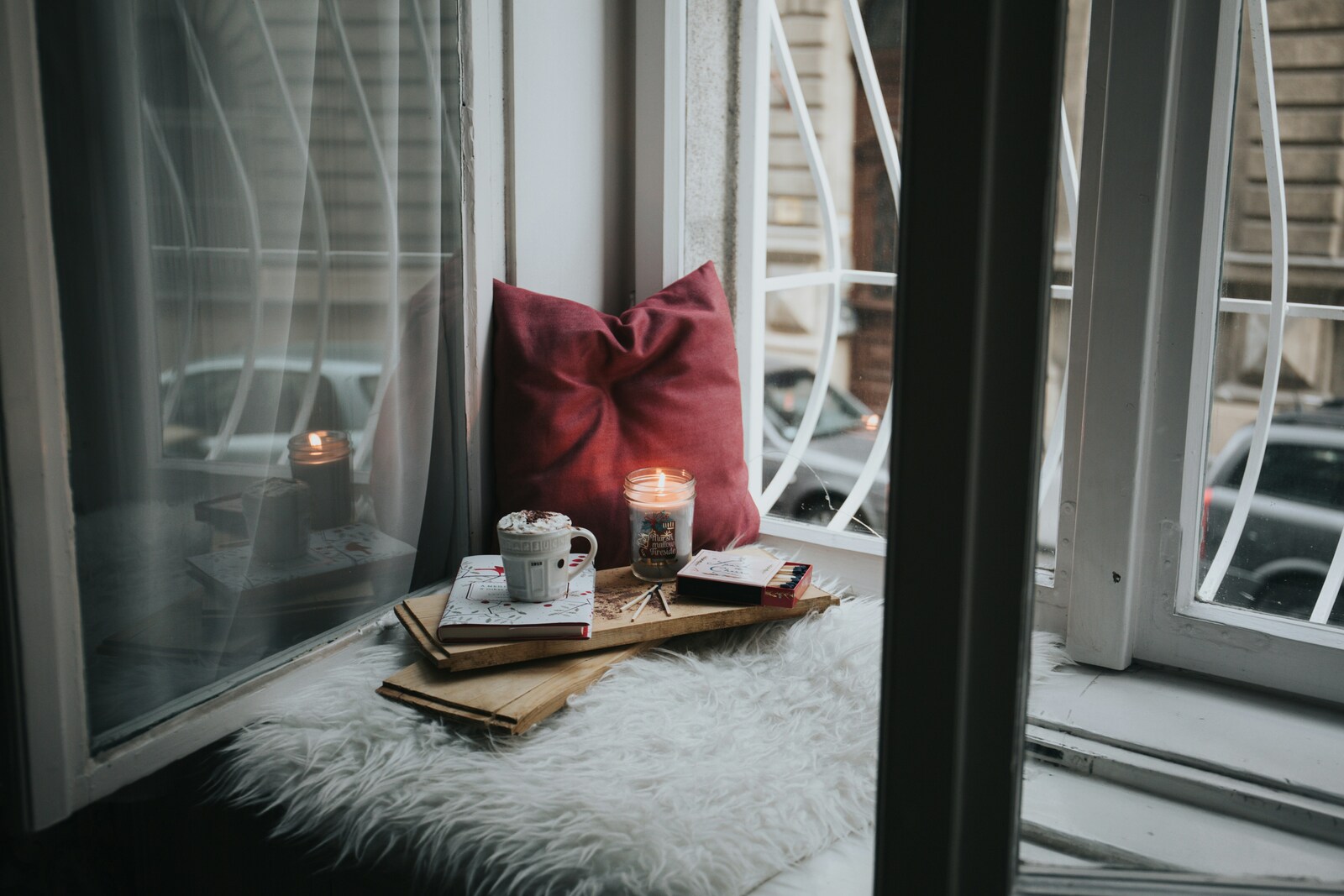How to Create a Cozy Reading Nook That You'll Actually Use

How to Create a Cozy Reading Nook That You'll Actually Use
There's something magical about having a dedicated space to unwind with a great book—especially in today's fast-paced world. But designing a reading nook that feels inviting and functional (and not just a pretty corner gathering dust) takes a little thought and intention.
Whether you have a whole room to spare or just a quiet corner, here's how to create a cozy reading nook that you'll actually use—one that draws you in with warmth, comfort, and charm.
1. Choose the Right Location
The best reading nooks are tucked away from the hustle and bustle of daily life. Look for quiet corners in your bedroom, living room, or even a window seat or unused space under the stairs. Ideally, pick a spot that feels naturally peaceful but still has easy access to your favorite books and a good cup of tea.
Tip: If you're short on space, even a small area with a comfy chair and good lighting can be transformed into your personal escape.
2. Invest in Comfortable Seating
The chair or seating arrangement is the heart of your nook. Choose something you can sink into—an oversized armchair, a chaise lounge, or even a cushioned bench. Add plush pillows or a throw blanket for that extra snuggle factor.
3. Let There Be Light
Lighting can make or break a reading nook. Natural light is ideal during the day, but for evenings, opt for a warm, soft-glow lamp. An adjustable floor lamp or a mounted wall sconce can offer targeted light without being harsh.
Bonus: Avoid overly bright white lights—they can be too clinical for a relaxing reading experience.
4. Add a Side Table
You'll want a spot to rest your mug of coffee, glasses, or your current read. A small side table or vintage crate works beautifully. Consider styling it with a candle or a small plant to bring a touch of life to the space.
5. Create Book Storage Within Reach
Nothing disrupts a cozy mood like having to get up and hunt for your next read. Incorporate floating shelves, a small bookcase, or a rolling cart nearby to keep your favorite reads within arm's reach.
6. Include Personal Touches
Your reading nook should feel like you. Add framed photos, inspirational quotes, or soft background music (hello, vinyl record player!). Consider a small rug to define the space and give your feet a warm place to land.
7. Make It a Tech-Free Zone
If your goal is true relaxation, keep screens out of your nook. Turn off your phone notifications, ditch the tablet, and focus on printed books or magazines. This is your unplugged oasis.
Final Thoughts
Creating a cozy reading nook is less about the square footage and more about the vibe. It's a gift to yourself—a small retreat where you can slow down, breathe deep, and get lost in a good story. With a little creativity and a few thoughtful touches, you'll have a space you'll look forward to escaping to every single day.
So grab your comfiest blanket and your latest read—it's time to make your nook the most beloved spot in your home.
Disclaimer:
The information provided in this article is for informational and educational purposes only and does not constitute professional gardening, home improvement, or landscaping advice. The content is based on sources believed to be reliable, but the author and publisher make no representations or warranties as to its accuracy, completeness, or timeliness.
The author is not a licensed professional contractor, landscaper, or horticulturist. You should consult with qualified professionals (such as a certified landscaper, professional contractor, or master gardener) who can assess your individual situation before undertaking any significant home or garden projects.
Home and garden improvements involve inherent risks, including potential damage to property, plants, or personal injury. Results may vary based on your specific conditions, climate, and execution. Any examples or discussions of specific techniques, products, or strategies are for illustrative purposes only and are not endorsements or recommendations.
Local regulations, climate conditions, and best practices change frequently, and the information in this article may become outdated. We are not obligated to update any information herein. Your specific situation is unique, and any decisions you make should be based on your own research, due diligence, and consultation with professionals. Reliance on any information provided in this article is solely at your own risk.
Stay Ahead with Our Newsletter
Get exclusive home and garden tips, seasonal advice, and DIY project ideas delivered directly to your inbox.